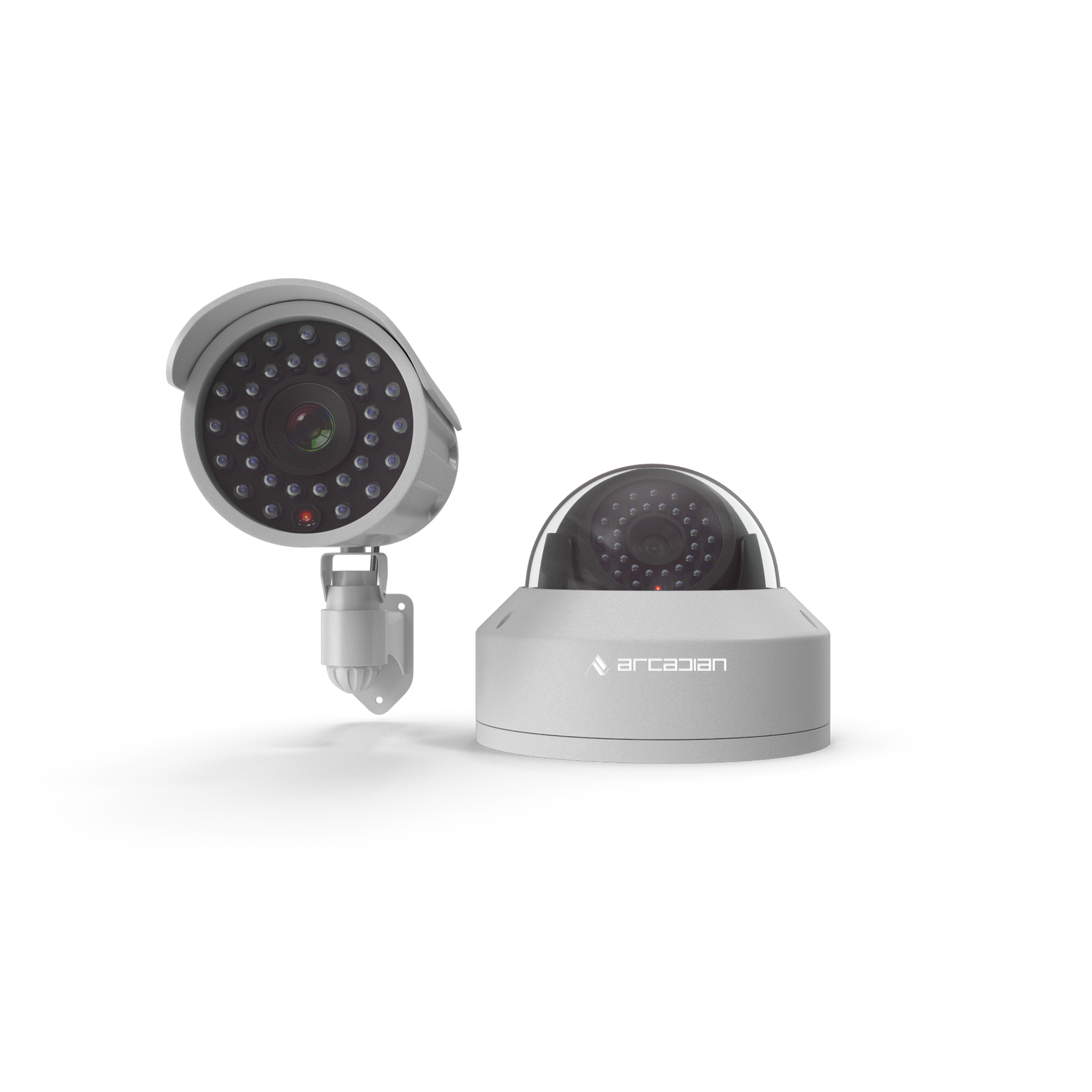China’s Chikungunya Crisis: What the 2025 Outbreak Reveals About Global Health Risks and Surveillance Failures
A rare virus, a flooded city, and thousands infected. The 2025 chikungunya outbreak in China isn’t just a local issue—it’s a global wake-up call.

Introduction
What if the next public health crisis didn’t begin in a lab, but in a stagnant puddle on a city street?
In the summer of 2025, over 7,000 people in Guangdong, China—mainly in Foshan—fell ill with chikungunya, a mosquito-borne virus rarely seen in this region. Caused by extreme monsoon rains and unprecedented flooding, the outbreak caught even seasoned epidemiologists off guard. But what’s more alarming is how this localized crisis is revealing wider failures in global surveillance, environmental adaptation, and emergency preparedness.
This blog post takes you deep into the China chikungunya outbreak, breaks down the numbers, examines its root causes, and analyzes how health and security systems failed. Whether you're in healthcare, AI surveillance, travel, or public infrastructure, this is more than a virus story—it’s a real-time case study in what happens when detection lags behind danger.
Quick Summary / Key Takeaways
-
Over 7,000 cases of chikungunya reported in Guangdong, China as of August 2025, with rapid spread.
-
Climate change and flooding created ideal breeding conditions for Aedes mosquitoes.
-
China’s surveillance response includes drones, fines, mosquito-killing fish, and COVID-style enforcement.
-
The outbreak exposes gaps in health infrastructure, mosquito control, and real-time monitoring.
Background & Relevance
What is Chikungunya?
Chikungunya is a viral disease spread by Aedes aegypti and Aedes albopictus mosquitoes—the same species responsible for dengue and Zika. Symptoms include sudden fever, debilitating joint pain, rash, fatigue, and nausea. While rarely fatal, the virus can leave victims with long-term pain and mobility issues.
There is no cure or treatment, and current vaccines remain restricted or paused due to safety concerns in older adults.
Why This Outbreak Matters Now
-
Geographic surprise: China had minimal local transmission before 2025. This outbreak broke previous records in scale and scope.
-
Environmental triggers: Flooded urban zones became breeding hotspots. Climate change amplified the problem.
-
Global risk: With travel routes connected to Hong Kong, Macau, and major international hubs, spread beyond China is highly plausible.
This isn't just a health emergency. It's a systems failure, exposing vulnerabilities in how cities—and countries—respond to vector-borne threats.
Core Topic Exploration
Timeline and Spread
-
Late June 2025: Local hospitals begin seeing clusters of fever and joint pain in Foshan.
-
July 2025: Confirmed chikungunya cases skyrocket to over 6,500.
-
August 2025: Official figures pass 7,000–8,000 in Guangdong; cases spill into Hong Kong and Hunan Province.
-
Travel warnings issued by U.S. CDC (Level 2): enhanced precautions advised.
The Perfect Storm – Climate and Infrastructure
-
Second-wettest monsoon in Guangzhou since 1884
-
Flash floods, stagnant water, and overwhelmed drainage led to explosive mosquito population growth.
-
Aedes mosquitoes, especially A. albopictus, thrive in post-storm urban puddles and rapidly spread virus.
Surveillance systems, both human and technological, weren’t prepared. Static camera networks failed to detect unsanitary zones or rapid environmental changes.
China's Response – High-Tech and Hardline
-
Drones dispatched to find mosquito breeding zones
-
Sterile mosquito techniques and larvicide bombing in urban blocks
-
Release of mosquito-eating fish and Toxorhynchites mosquito predators
-
Public fined or denied utilities for non-compliance
-
Quarantine-style isolation for infected individuals with mosquito-net enforcement
-
Community fogging operations tracked via AI-powered urban grid mapping
This model of “bio-surveillance” mirrors early COVID tactics: high control, high tech, but often reactive instead of proactive.
Comparisons & Use Cases
| Element | Traditional Outbreak Response | 2025 Guangdong Outbreak | Key Insight for Global Systems |
|---|---|---|---|
| Surveillance Preparedness | Low-intensity passive monitoring | Drone and AI-driven mapping | AI can work, but it must be proactive |
| Vector Control | Fogging, education, larvicide | Bio-mosquitoes, fines, drone sweeps | Advanced tactics without early alerts fail |
| Data Use | Hospital reports, lagging trends | Real-time urban mosquito grid | Data is useful only if acted on early |
| Vaccine Availability | Limited and paused | None deployed | Prevention cannot rely on pharma alone |
| International Coordination | Patchy WHO alerts | CDC Travel Alert Level 2 | Local outbreaks can have global reach |
Use Case: Surveillance Systems and Disease
In crowded, flood-prone cities, real-time surveillance of water accumulation, sanitation lapses, and urban temperature shifts could provide early warning. AI surveillance platforms like ArcadianAI can detect environmental anomalies, flag areas with mosquito breeding conditions, and trigger response protocols—long before patients flood ERs.
Common Questions (FAQ)
1. What are chikungunya symptoms?
Fever, intense joint pain, muscle aches, headache, rash. Pain can persist months. Not usually fatal, but highly debilitating.
2. Is it contagious person-to-person?
No. Transmission is mosquito-borne only. Infected people must be bitten and virus then carried to others by mosquitoes.
3. Why is this outbreak unusual?
It’s the largest in China’s modern history. Most previous outbreaks occurred in tropical Africa, India, Southeast Asia—not urban southern China.
4. Are there vaccines or treatments?
Two vaccines exist (Ixchiq in the U.S., and VLA1553 in the EU), but both are currently paused for older adults due to side effects.
5. Should travelers to China be worried?
CDC advises caution—use repellents, long sleeves, mosquito nets. Stay in air-conditioned areas and avoid stagnant water.
6. How can this outbreak affect global health?
If not controlled, travel routes from Guangdong may seed outbreaks in neighboring countries and trigger cross-border transmission.

Conclusion & CTA
The 2025 chikungunya outbreak in China is more than a mosquito problem—it’s a signal. From climate volatility to tech shortcomings, this event reveals the urgent need for adaptive surveillance that can respond before crisis hits. Static systems—whether human guards, outdated health networks, or fixed surveillance tools—simply aren’t enough.
To prevent the next outbreak from spiraling out of control, cities, businesses, and health systems must invest in AI-driven, real-time infrastructure that learns, adapts, and acts faster than viruses can spread.
ArcadianAI offers this future—today.
👉 Book a demo now and see how AI-powered surveillance can detect not just intruders, but emerging threats before they escalate.
Internal Links
External References
Let me know if you'd like this exported into a .docx or Shopify-ready .md file next.

Security is like insurance—until you need it, you don’t think about it.
But when something goes wrong? Break-ins, theft, liability claims—suddenly, it’s all you think about.
ArcadianAI upgrades your security to the AI era—no new hardware, no sky-high costs, just smart protection that works.
→ Stop security incidents before they happen
→ Cut security costs without cutting corners
→ Run your business without the worry
Because the best security isn’t reactive—it’s proactive.







